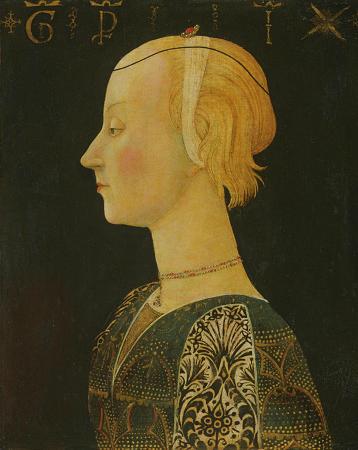Portrait of Woman. A woman is a female human being. The word woman is usually reserved for an adult; girl is the usual term for a female child or adolescent. The plural women is also sometimes used for female humans, regardless of age, as in phrases such as women's rights. Typically, a woman has two X chromosomes and is capable of pregnancy and giving birth from puberty until menopause. Female anatomy, as distinguished from male anatomy, includes the fallopian tubes, ovaries, uterus, vulva, breasts, Skene's glands, and Bartholin's glands. The female pelvis is wider than the male, the hips are generally broader, and women have significantly less facial and other body hair. On average, women are shorter and less muscular than men. Throughout human history, traditional gender roles have often defined and limited women's activities and opportunities; many religious doctrines stipulate certain rules for women that are obligatory. With restrictions loosening during the 20th century in many societies, women have gained access to careers beyond the traditional homemaker, and the ability to pursue higher education. Violence against women, whether within families or in communities, has a long history and is primarily committed by men. Some women are denied reproductive rights. The movements and ideologies of feminism have a shared goal of achieving gender equality. Some women are trans, or intersex. Mann or monn had a gender-neutral meaning of human, corresponding to Modern English person or someone; however, subsequent to the Norman Conquest, man began to be used more in reference to male human, and by the late 13th century had begun to eclipse usage of the older term wer. It is a popular misconception that the term woman is etymologically connected to womb. Womb derives from the Old English word wamb meaning belly, bowels, heart, uterus. Main article: Gender symbol The glyph for the planet and Roman goddess Venus, or Aphrodite in Greek, is the symbol used in biology for the female sex. In ancient alchemy, the Venus symbol stood for copper and was associated with femininity. Further information: girl, virgin, mother, wife, goodwife, lady, maid, maiden, and widow Womanhood is the period in a human female's life after she has passed through childhood, puberty, and adolescence. Different countries have different laws, but age 18 is frequently considered the age of majority. The word woman can be used generally, to mean any female human, or specifically, to mean an adult female human as contrasted with girl. The word girl originally meant young person of either sex in English; it was only around the beginning of the 16th century that it came to mean specifically a female child. The term girl is sometimes used colloquially to refer to a young or unmarried woman; however, during the early 1970s, feminists challenged such use because the use of the word to refer to a fully grown woman may cause offence. In particular, previously common terms such as office girl are no longer widely used. Conversely, in certain cultures which link family honor with female virginity, the word girl is still used to refer to a never-married woman; in this sense it is used in a fashion roughly analogous to the more-or-less obsolete English maid or maiden. There are various words used to refer to the quality of being a woman. The term womanhood merely means the state of being a woman, having passed the menarche; femininity is used to refer to a set of typical female qualities associated with a certain attitude to gender roles; womanliness is like femininity, but is usually associated with a different view of gender roles. Distaff is an archaic adjective derived from women's conventional role as a spinner, now used only as a deliberate archaism. Menarche, the onset of menstruation, occurs on average at age 12-13. Many cultures have rites of passage to symbolize a girl's coming of age, such as confirmation in some branches of Christianity, bat mitzvah in Judaism, or a custom of a special celebration for a certain birthday, like the quinceanera of Latin America.
more...














